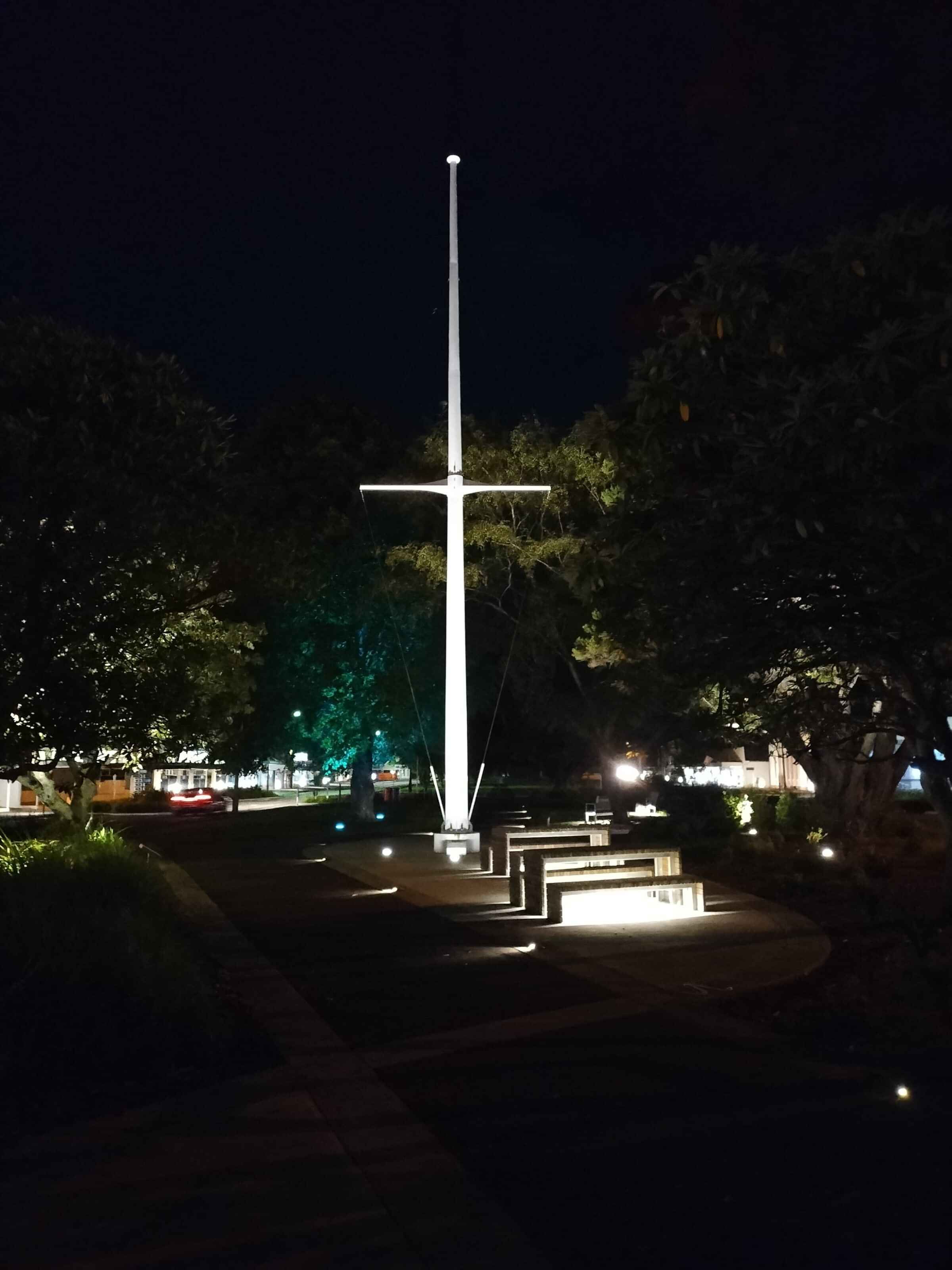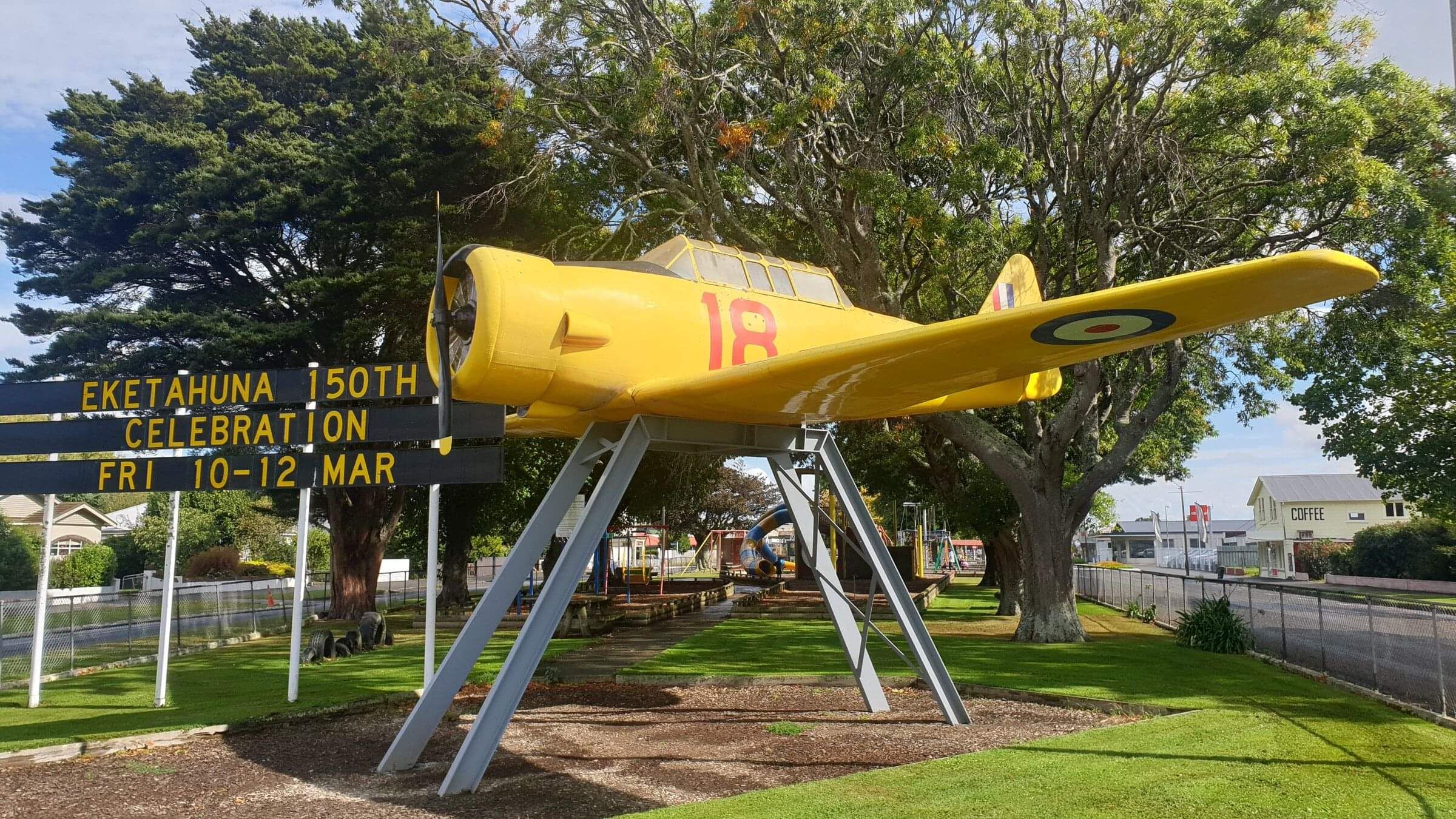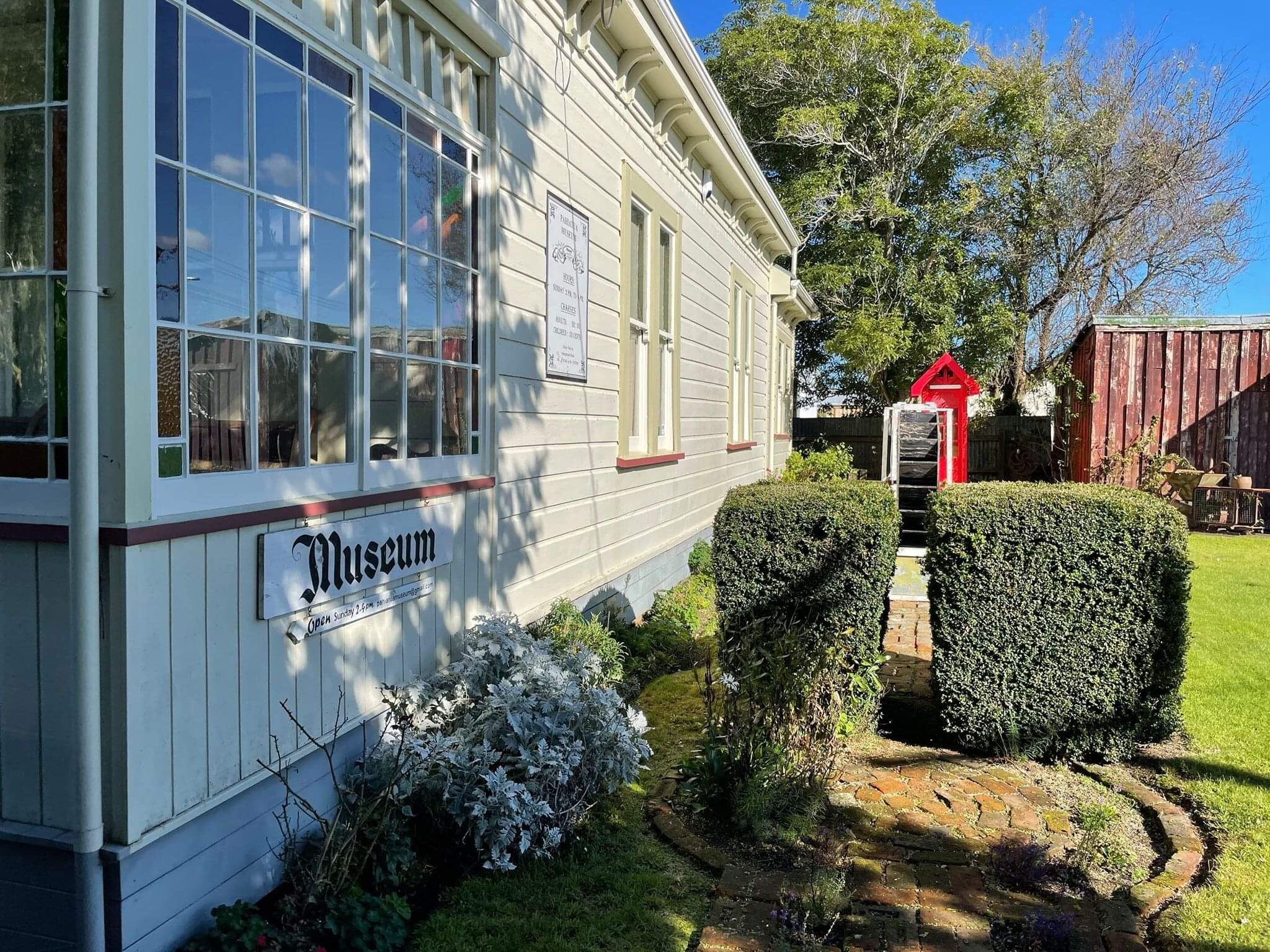
The Road to Pahiatua
The name Pahiatua loosely translates to place of God. (Pahi=place, Atua=godlike being). It comes from a time when Haunui-a-nanaia traveled through the area and saw a Hokio (Giant Eagle) named Rongomai coming to rest in his cave. Haunui exclaimed, "Ko te Pahi o te Atua".
Pahiatua was established in 1881 in the densely forested area known as the Forty Mile Bush. At first it was a timber town, but once the bush was cleared it became a service centre for dairy and sheep farming.
Settlers were soon attracted to the area as talk of the railway through the town inspired big plans. In preparation for opportunities the railway would bring, Pahiatua settlers shaped and constructed the Main Street so it would be wide enough for the train. Unfortunately, the decision was made to build the railway line to the west of town.
The settlers took this momentary setback and redesigned the street to incorporate a long grass median, creating a lively and inviting landmark in the town. Our Main Street has recently been renovated, and it is still the widest street in New Zealand!

FLYING HIGH
In 1901, local landowner Henry Sedcole donated a flagpole that was erected in the Main Street. A prominent landmark of Pahiatua following the settlement of the town in the 1880s, the Sedcole Flagpole was a marker of the maturing town, coinciding with other civic institutions in Pahiatua.
The Sedcole flagpole became a focal point for civic occasions and important events in the local community .
As a place directly associated with an important local family, involved in the founding and development of Pahiatua, the Sedcole Flagpole has local historical importance.
At approximately 18 metres tall, the timber flagpole was removed for repairs in 2015. Deemed structurally unsound it was replaced with a metal replica in 2021.

A REFUGE FROM WAR-TORN POLAND
Though established well before World War II, Pahiatua was richly enhanced by Polish refugees escaping their war-torn country during this time Nazi occupation of their country during WWII.
Relocated to a camp about two kilometres from the town's centre in November 1944, the Pahiatua population quadrupled relatively quickly. Of those 838 refugees, 733 of them were children.
While the settlement was expected to be temporary, these Polish refugees stayed due to the rise of communism in eastern Europe after World War II. At this point, many of our Polish inhabitants were already naturalised, infusing our community with a distinctive identity and dynamic way of life.
Pahiatua offers a unique, yet familiar, environment for anyone who visits our town today. Explore our Main Street and share in our journey, a community that is proud of its history.

PAHIATUA TODAY : EXPLORE & ENJOY
Stop to experience our beautiful natural landscape. Stay to experience our culture and lively town centre. We welcome you with open arms.
As you explore our Main Street, you'll find a vibrant and beautiful town centre . You may even bump into a keen group of mountain bikers refuelling with food and drink after a great ride, or fisherman who've been angling to reel in a brown trout.
If you have young kids, you can take them to the playground which is famous for its replica World War II Harvard Plane.
You could treat the family to a sports event at our Bush Multisport Park. Opened in 2004, it has become the major hub for sporting activities and events in the Tararua district.
Also home to the iconic Tui Beer Brewery, Pahiatua offers beer aficionados the opportunity to learn more about this New Zealand brew.

DISCOVER MORE at the PAHIATUA MUSEUM
Our museum houses the district's history as well as an entire room dedicated to the story of the Polish refugee children who settled here during WWII.
Experience and learn about significant moments in local, New Zealand, and world history inside these walls, See charming, themed room-by-room displays inside this lovely building, open each Sunday afternoon.







